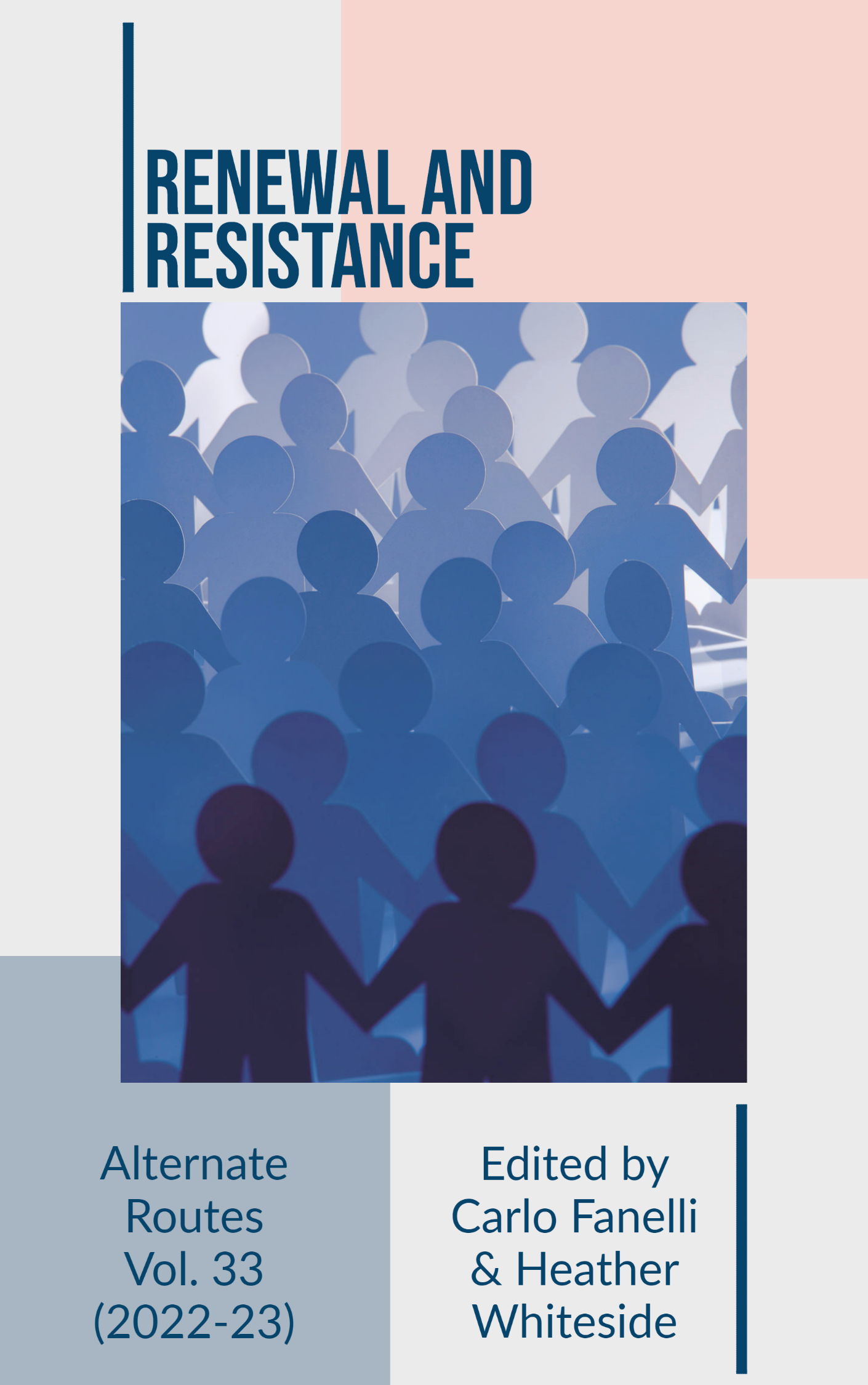Behind the Work-Fertility Trade-off: Women, Work and Transitions
Abstract
In this third decade of the 21st century, discussion of women’s labour-force participation and its impact on fertility continues. While evidence points to a decline in overall fertility rates in most industrialized countries, a direct link to women’s labour-force activity - the work-fertility trade-off - is not always clear. Cultural, economic and sociological factors have greatly affected the roles women play in society, which have in turn contributed to declining fertility. Another often overlooked factor is the impact of increasingly longer and complex life-course transitions into adulthood which compress the period of fertility. While these topics have often been discussed in isolation, this paper synthesizes these topics in a demographic overview of women’s changing roles. The current pandemic with its impact on labour-force activity (dubbed the “she-cession”) and associated declines in fertility has driven home the need for supportive social policies that can contribute to balancing the earning and unpaid caring roles by enhancing the ability of women to engage in the labour force and meet their fertility aspirations.
Downloads
Published
How to Cite
Issue
Section
License
Copyright (c) 2023 Alternate Routes: A Journal of Critical Social Research

This work is licensed under a Creative Commons Attribution-NonCommercial-NoDerivatives 4.0 International License.
Articles are published in Alternate Routes: A Journal of Critical Social Research under the Creative Commons "Attribution/Non-Commercial/No Derivative Works" Canada licence.
The copyright for the articles published in this journal is retained by the authors, with first publication rights granted to the journal. By virtue of their appearance in this open access journal, articles may be used, with proper attribution, in educational and other non-commercial, not-for-profit settings. The submission of a manuscript to Alternate Routes will be taken to mean that the author understands and agrees to the following:
- the manuscript represents original work not previously published;
- the manuscript is not being considered elsewhere for publication in the same language (publication elsewhere in an alternate language does not preclude acceptance of submission to Alternate Routes);
- appropriate written copyright permissions have been secured for republication of any copyrighted material contained in the manuscript;
- copyright for this article is retained by the author, with first publication rights granted to Alternate Routes;
- by virtue of its appearance in this open access journal, it is understood that the article is freely available for use, with proper attribution, for educational and other non-commercial purposes;
- reuse of the article for commercial purposes by anyone other than the author requires permission of the author;
- the author agrees to cite Alternate Routes as a source whenever h/she later republishes or reuses the article in other platforms.


